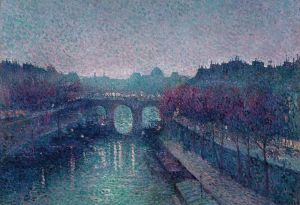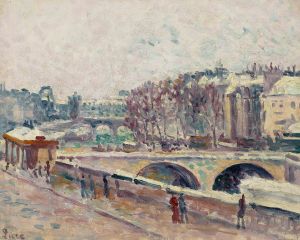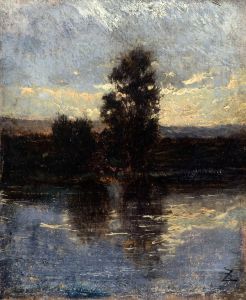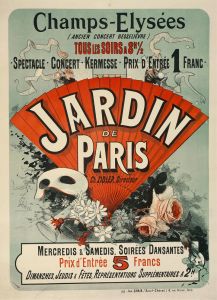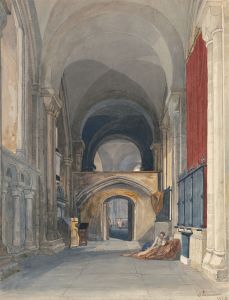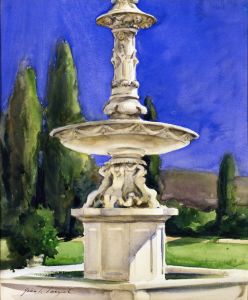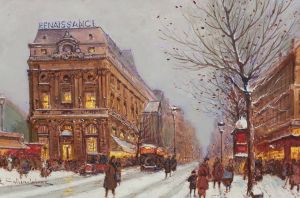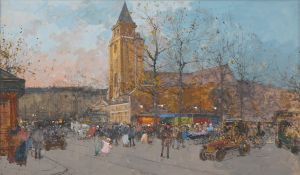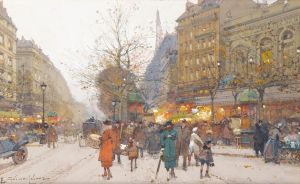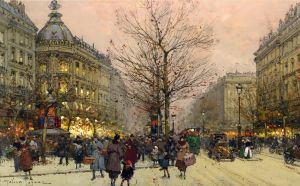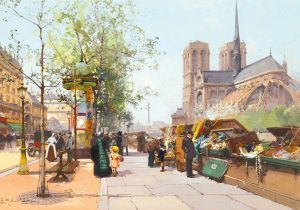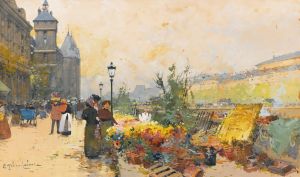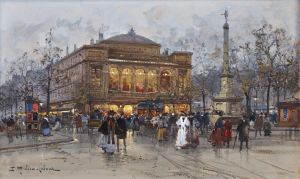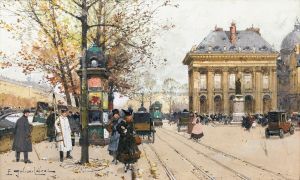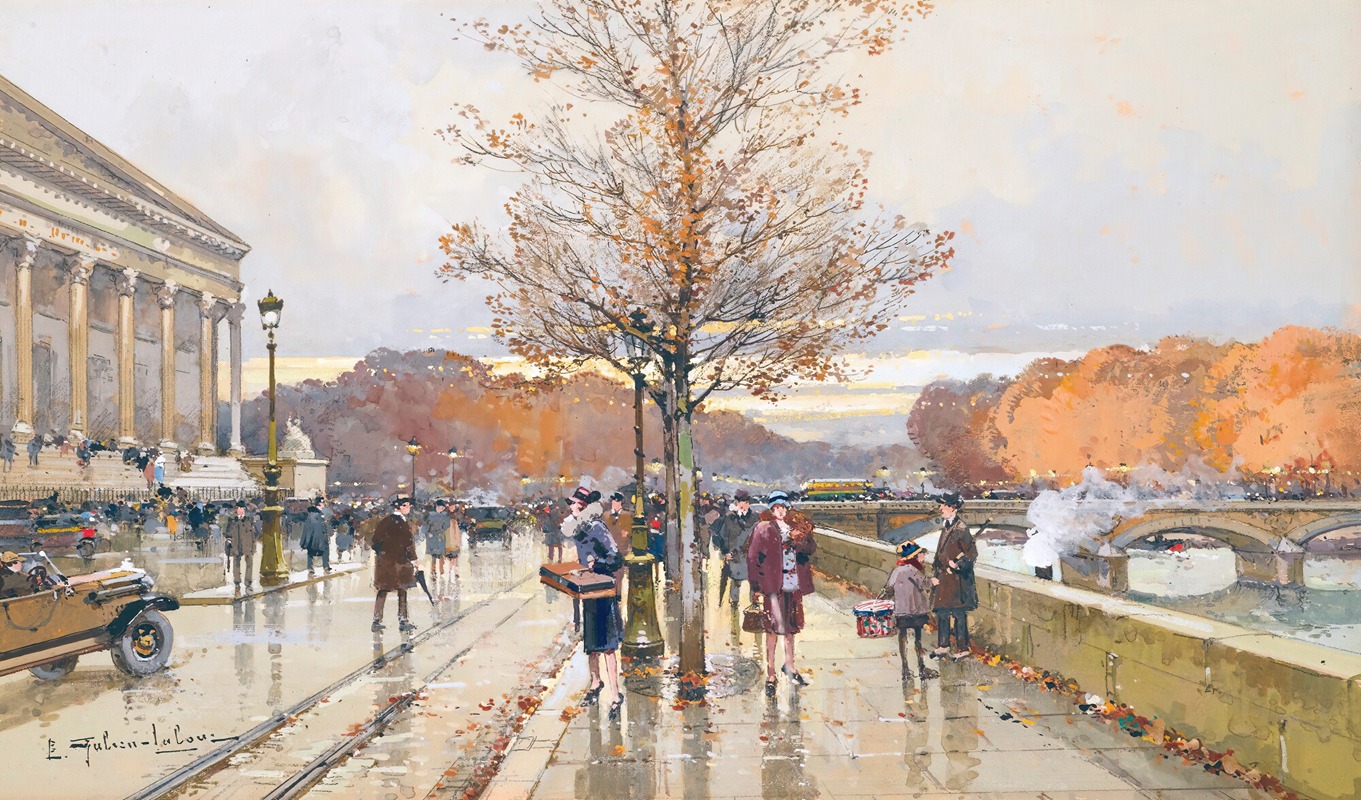
L’assemblée Nationale Et Le Pont De La Concorde
A hand-painted replica of Eugène Galien-Laloue’s masterpiece L’assemblée Nationale Et Le Pont De La Concorde, meticulously crafted by professional artists to capture the true essence of the original. Each piece is created with museum-quality canvas and rare mineral pigments, carefully painted by experienced artists with delicate brushstrokes and rich, layered colors to perfectly recreate the texture of the original artwork. Unlike machine-printed reproductions, this hand-painted version brings the painting to life, infused with the artist’s emotions and skill in every stroke. Whether for personal collection or home decoration, it instantly elevates the artistic atmosphere of any space.
Eugène Galien-Laloue was a French artist known for his picturesque depictions of Parisian street scenes, particularly from the late 19th and early 20th centuries. His works are celebrated for their detailed portrayal of urban life, capturing the essence of Paris during the Belle Époque. One of his notable works is "L’assemblée Nationale Et Le Pont De La Concorde," which exemplifies his skill in rendering the vibrant atmosphere of the city.
Galien-Laloue was born in Paris in 1854 and developed a keen interest in art from a young age. He was particularly influenced by the Impressionist movement, which was gaining momentum during his formative years. However, his style is often described as more aligned with the Post-Impressionist approach, focusing on clarity and detail rather than the loose brushwork typical of Impressionism.
"L’assemblée Nationale Et Le Pont De La Concorde" is a painting that showcases the architectural beauty and bustling activity around the Pont de la Concorde and the French National Assembly. The Pont de la Concorde is a significant bridge in Paris, spanning the River Seine and connecting the Quai des Tuileries at the Place de la Concorde with the Quai d'Orsay. It was constructed between 1787 and 1791, designed by Jean-Rodolphe Perronet, and is known for its historical and architectural significance.
The painting captures the essence of this iconic location, with the National Assembly building prominently featured. The Palais Bourbon, which houses the French National Assembly, is an important symbol of French governance and democracy. Its neoclassical architecture is a testament to the grandeur and historical depth of Parisian landmarks.
Galien-Laloue's depiction of this scene is characterized by his meticulous attention to detail and his ability to convey the lively atmosphere of Paris. His use of light and color brings the scene to life, illustrating the daily activities of Parisians as they traverse the bridge and engage in their routines. The painting reflects the artist's fascination with urban life and his talent for capturing the dynamic interplay between architecture and human activity.
Throughout his career, Galien-Laloue was known for his prolific output and his ability to work in various media, including watercolor, gouache, and oil paints. He often used pseudonyms, such as "L. Dupuy" and "Juliany," to sign his works, a common practice among artists of his time to circumvent contractual obligations with galleries.
Galien-Laloue's works, including "L’assemblée Nationale Et Le Pont De La Concorde," are highly sought after by collectors and art enthusiasts. They offer a window into the past, providing a glimpse of Paris during a period of cultural and artistic flourishing. His paintings are appreciated not only for their aesthetic qualities but also for their historical value, capturing the spirit of a bygone era.
In summary, Eugène Galien-Laloue's "L’assemblée Nationale Et Le Pont De La Concorde" is a quintessential example of his artistic legacy, showcasing his ability to portray the vibrant life and architectural splendor of Paris. His work remains an important part of the cultural heritage of France, celebrated for its beauty and historical significance.





